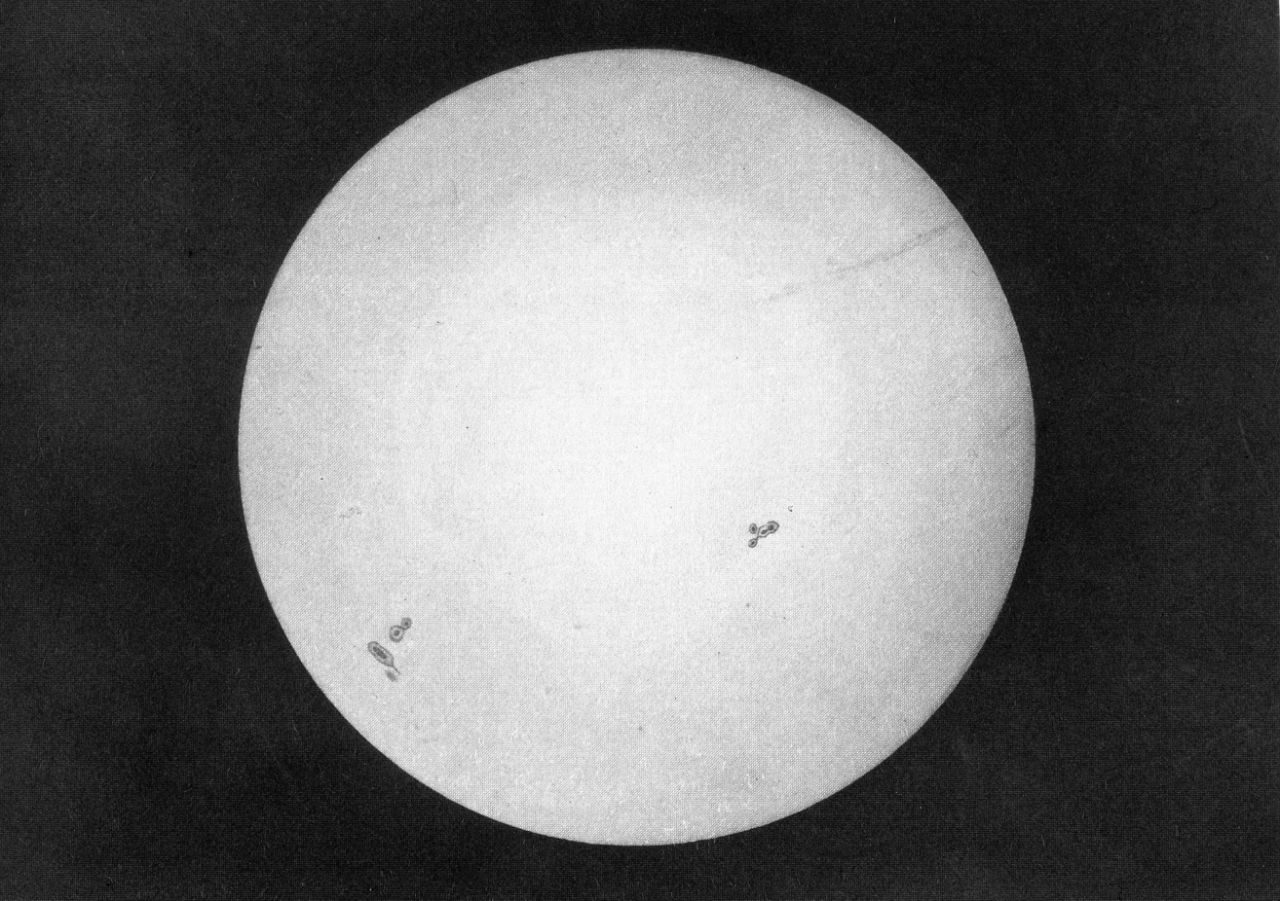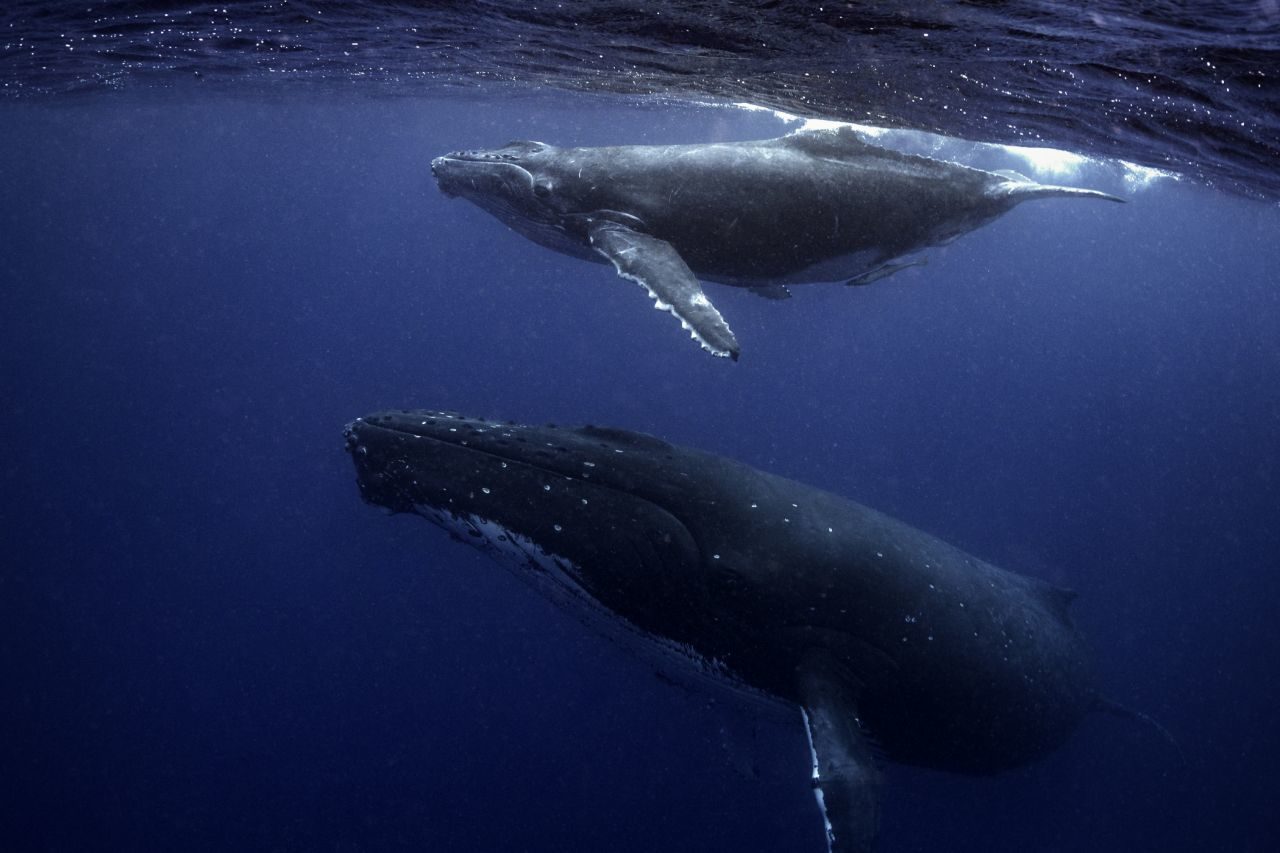Grey whales are far more likely to strand on days when there are more sunspots, researchers from Duke University found.
The finding suggests that the migrating animals may use a magnetic sense to navigate, which is disrupted by solar activity.
Sunspots are linked to solar storms, a sudden release of high-energy particles from the sun that can disrupt magnetic orientation.
The Duke University researchers analysed 186 live strandings of grey whales and the results showed they occurred significantly more on days with high sunspot counts.
The study was published in Current Biology.

On days when a lot of radio frequency noise from a solar outburst was hitting the Earth, the animals are 4.3 times more likely to strand, the researchers found.
The researchers think "noise" from solar outbursts may overwhelm the whales senses, leaving them unable to navigate.
Jess Granger, a PhD candidate at Duke University, said: "We show that the mechanism behind the relationship between solar storms and grey whales, if it is an effect on a magnetic sensor, is likely caused by disruption to the sense itself, not inaccurate information.
"The big secondary finding of this paper is that it is possible that the reason the whales are stranding so much more often when there are solar storms is because they have gone blind, rather than that their internal GPS is giving them false information."
Granger says there are still many other things that could cause a whale to strand, such as a mid-frequency naval sonar.
The plan is to now conduct a similar analysis for other species of whales on different continents to see if this pattern exists on a wider scale.




Reader Comments